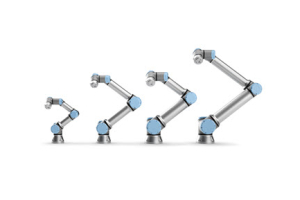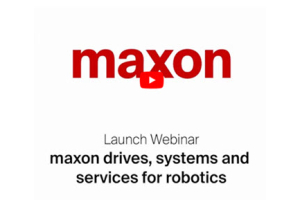Authors: Robin Riley, Ann Keffer, Wayne Baron Galil Motion Control
Ethernet was developed in the 1970’s and was started being used commercially in the 1980’s. By the end of the 1980’s it was the dominant network technology. It was initially used to connect computer systems and peripherals in a Local Area Network (LAN) and quickly evolved to be the protocol used for Wide Area Networks (WAN). Then came the world-wide web and the incorporation of the internet into every aspect of communication.
In the mid to late 1990’s, Ethernet’s popularity spread to control systems. The engineering team here at Galil Motion Control determined Ethernet was a viable protocol in 1999 and introduced its first Ethernet Motion Controller. Even today, Ethernet is the most popular method of network communication in control systems.
Before Ethernet
Before Ethernet was considered viable for control systems, several other communication protocols were popular.
- Bus-based communication was used when the controller lived within the computer. This solution was often cumbersome because the computer had to be large enough to house the motion controller, and the computer had to be and very close to the often noisy, dirty machine.
- Daisy-Chain serial communication allows for distributed systems. The network was a series of controllers with a master. The master transmitted packets to the first device. The first device read the packet address, kept the packet if appropriate, or sent it on if it was addressed to another controller. This solution was very slow at the typical 9600 baud rate.
- RS-485 multi-drop allowed data to be received by multiple motion controllers at the same time, but the speed was also slow, and the packet size was small.
- Various proprietary serial communication networks became popular. These protocols were useful when data was short, repetitive and simple. Some of them are still used in some control systems today.
- Proprietary serial communication protocols such as CANOpen, Profibus, MultiNet and DeviceNet were developed because motion control systems needed more intelligence than bus-based and primitive serial networks could provide. The protocols needed to be able to take advantage of increasingly capable motion system hardware. Because these protocols were proprietary and part of a ‘turn-key’ solution, they were also expensive and created a barrier to migration. Customers were locked into a single hardware and software vendor and support for these solutions had to come straight from the supplier.
By the 1990’s, Ethernet provided an alternative to proprietary bus communication because it was scalable, affordable, and flexible. Ethernet became ubiquitous…
Click on the link below to download the entire White Paper.
https://www.electromate.com/db_support/downloads/EvolutionofEthernetinControlSystemsWhitePaper.pdf
To view a 57 minute pre-recorded webinar on this topic, click on the link below-
Click on the link below for information on Galil’s Motion Controller Family-
Galil’s Motion Controller Family
For more information, please contact:
EDITORIAL CONTACT:
Warren Osak
sales@electromate.com
Toll Free Phone: 877-737-8698
Toll Free Fax: 877-737-8699
www.electromate.com
Tags: Ethernet, Motion Control, Automation, CANOpen, Profibus, MultiNet, DeviceNet, Deterministic Networks, Non-Deterministic Networks, Electromate, Distributed Control, UDP/IP, Transmission Control Protocol (TCP/IP), EtherCAT, Ethernet/IP, ASCII





